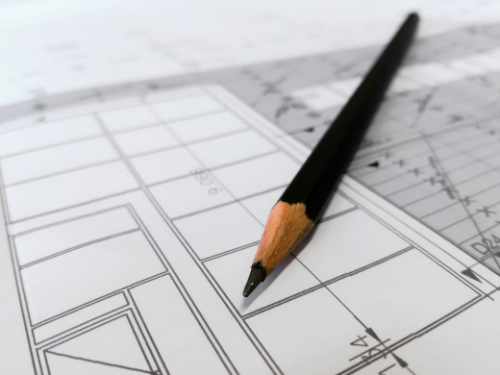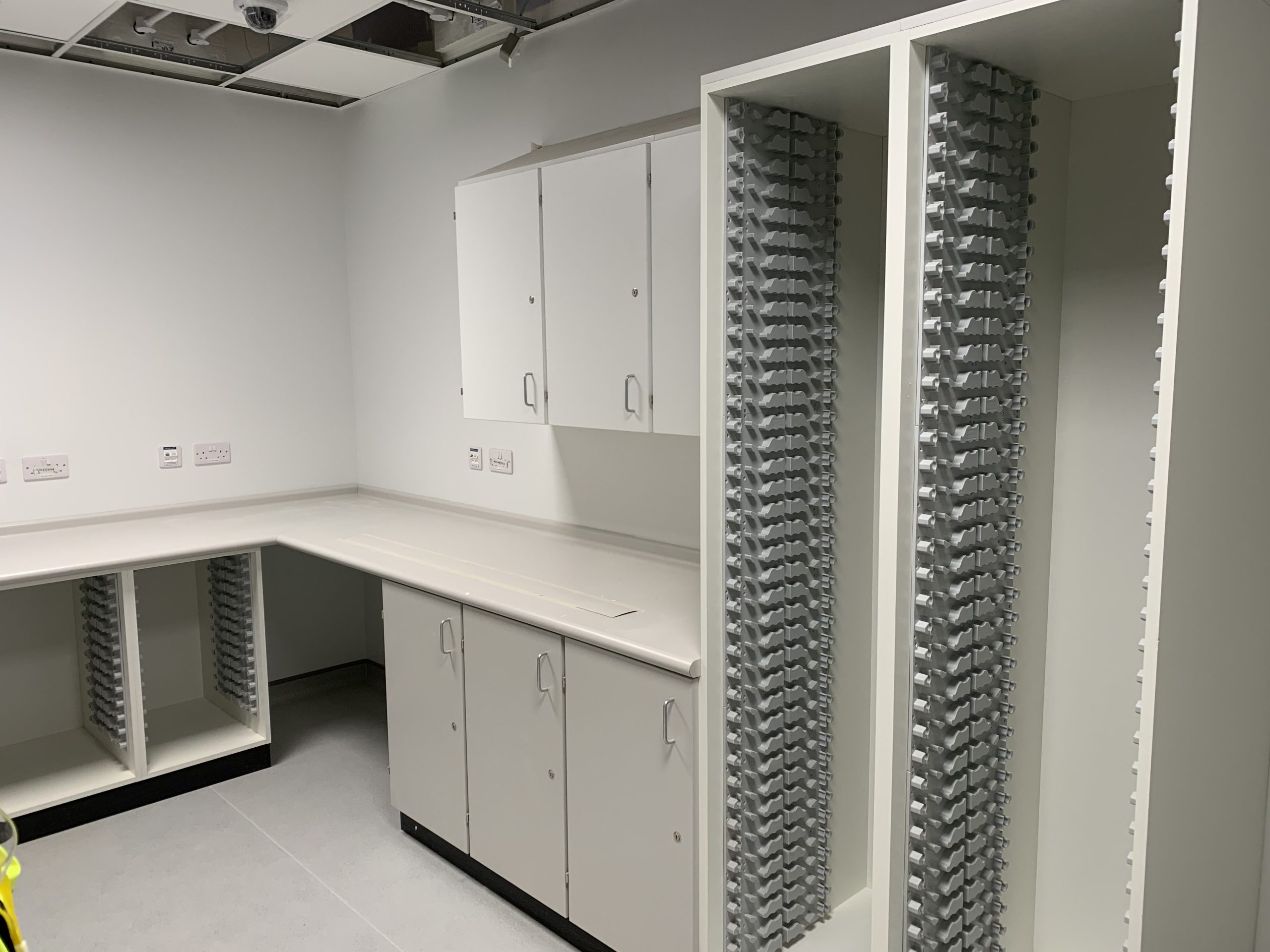Healthcare facilities present unique challenges for architects. Unlike other types of buildings, they demand a…

What are the seven principles of biophilic design?
Biophilia offers a range of benefits from both a design and wellbeing perspective, so learn more about the seven principles of biophilic design from David Bailey Furniture.
Biophilia is not a new term, having been coined in the 1980s, but it’s only recently that it has been implemented into the world of design. In essence, biophilia is our intrinsic affinity as humans to connect with the living things around us. This may seem completely abstract to the design world at first, but it actually creates an innovative framework for architecture, interior decoration and appears to do wonders for our well-being in the process.
The principles of biophilia seem to offer a range of benefits from both a design and wellbeing perspective, making it an excellent choice for interior design and architecture within the healthcare industry and office environments. Modern life encourages indoor activities, with around 90 per cent of people’s time spent indoors. Implementing biophilic design elements and principles can go a long way to making that 90 per cent much more enjoyable and healthy.
The driving force behind biophilic design can be broken down into seven design principles. These principles, when combined, help guide designs and builds to be closer with nature and create a more organic aesthetic to offices, hospitals, retail environments and many more buildings. We will go over these principles below to identify how biophilic design can provide multiple benefits.
The 7 principles of biophilic design
1. Biophilic design promotes a happier, healthier environment
There have been numerous studies that have pointed to the benefits of a biophilic design in healthcare and commercial environments. From lowered stress levels to a boost in recovery times from sickness, biophilic design seems to appeal to our natural sensibilities. This is the first guiding principle of a biophilic design – visually connecting with nature to promote wellbeing.
From a business standpoint, healthier and happier staff will be more productive and less likely to take long absences due to illness. With notable health and cost-saving benefits, it is no wonder biophilic design has grown in popularity in recent times.
2. Biophilic design uses non-visual stimuli
A well-implemented biophilic design will bring in elements from multiple stimuli – not just looks. Consider the feeling you get when you smell a beautiful rose, feel a cooling breeze or hear a gentle brook babbling away. These stimuli have been shown to go a long way in promoting a healthier mind and body. From lowering blood pressure to easing stress levels, biophilic design taps into our need to process multiple stimuli in a meaningful way.
3. Biophilic design uses natural patterns
Plants can add a huge boon to any interior design and biophilic design aims to use our innate connection to natural patterns and arrangements through verdant greenery.
Biophilic design takes advantage of our appreciation of these natural elements and arrangements to create appealing designs and interior decor. From using the Fibonacci sequence to mirror a sunflower to the fractals found in snowflakes, biomimicry resonates with people on a positive level.
4. Natural light is crucial to biophilic design
As well as providing a warm, inviting glow, natural lighting is an excellent eco-friendly way to illuminate interior spaces. If letting natural light in is not achievable, then many designers opt to artificially schedule lighting to mimic the sun rising and setting. This keeps our circadian rhythms in check. Artificial lighting that is on when it is dark outside can wreak havoc on our internal body clock, so biophilic design aims to address this issue.
5. Biophilic design uses our affinity with water
Studies have shown that bodies of water provide a range of benefits for our wellbeing, including improved memory recall and lowered blood pressure. Biophilic design makes sure to implement water features wherever possible to encourage a more tranquil demeanour.
6. Airflow is crucial for biophilic design
Airflow is a huge factor in keeping people stimulated, and biophilic design principles make use of this in their implementation. Variable airflow and temperature will keep people alert, stimulated and focused, whereas stale air will do the opposite, leaving people feeling drained and lethargic.
7. Biophilic design mimics nature wherever possible
There appear to be direct benefits from surrounding ourselves with nature, but even mimicry works well enough for biophilic designs. By using elements such as paintings of natural features or designs that look like the patterns of a snowflake, biophilic design can tap into the benefits of being around nature while having both feet firmly indoors.
Principles of biophilic design – where to find out more
At David Bailey Furniture Systems we have been manufacturing storage and reception furniture for hospitals and healthcare facilities for nearly 40 years. Clients can choose from a wide range of colours and finishes to bring the feel of nature into the indoor health setting.
Download our colour card, browse our healthcare furniture brochure, or get in touch to discuss your project with us.
Image by: fancycrave1 via Pixabay








